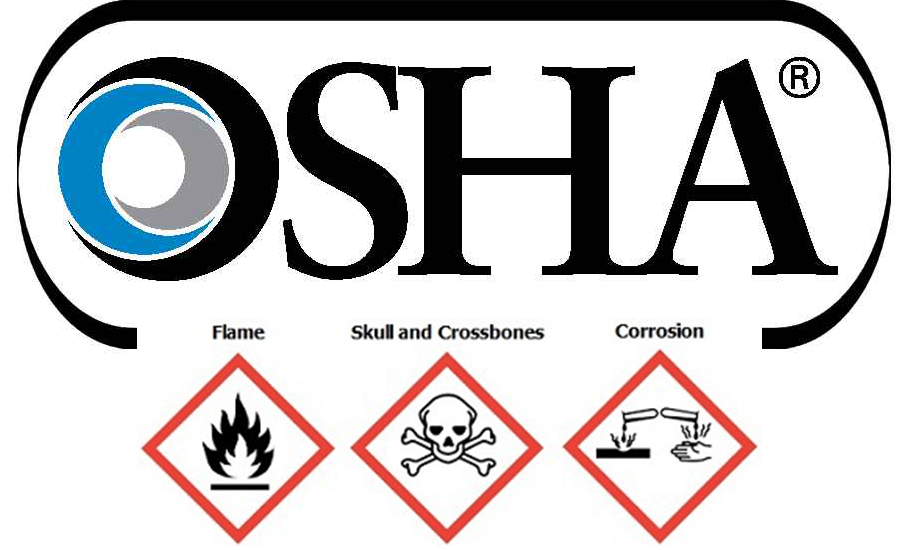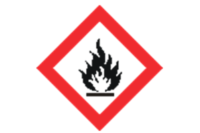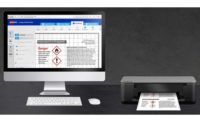Q: Is there a limit to the number of precautionary statements that appear on the label?
A: No. OSHA requires all of the appropriate precautionary statements to appear on the label to warn users of the hazards of the chemical in question. However, OSHA does allow for some flexibility when identifying the appropriate precautionary statement(s) for labels, such as:
a. Precautionary statements to be combined or consolidated to save label space. For instance, "Keep away from heat, sparks and open flame," "Store in a well-ventilated place" and "Keep cool" can be combined to read "Keep away from heat, sparks and open flame and store in a cool, well-ventilated place."
b. In addition, where a chemical is classified for a number of hazards, and the precautionary statements are similar, the most stringent must be included on the label and the less stringent may be omitted.
c. The chemical manufacturer, importer or responsible party may identify an order of precedence for displaying precautionary statements on the label in situations where phrases relate to a required response action. This may occur in cases where rapid action may be crucial. For example, if a chemical is carcinogenic and acutely toxic, rapid action may be crucial; therefore, the employer may decide to display first aid measures for the acute toxicity hazards before precautionary statements about effects that occur over a longer time, such as medical attention required for delayed health effects in cases of incidental exposure.
If the chemical manufacturer, importer, or responsible party can demonstrate that a precautionary statement is inappropriate for a specific chemical, it may omit the precautionary statement from the label.
Q: Do pictograms have to have red borders?
A: Yes. OSHA believes that the use of the red frame will increase recognition and comprehensibility. Therefore, the red frame is required regardless of whether the shipment is domestic or international.
Q: Can labels contain red borders with no symbol?
A: No, labels may not contain blank "square-on-point" (red borders with no symbol). Blacked out pictogram borders are compliant with the requirements of HCS 2012 as they are not a "square red frame set at a point without a hazard symbol." However, if a blank red frame is not fully covered or filled in, the label would not be in compliance. Please note that downstream customers may inquire whether the blacking-out was done deliberately by the manufacturer or whether the label has been defaced.
If OSHA were to allow blank red borders, workers may be confused about what they mean and concerned that some information is missing. OSHA has determined that prohibiting the use of blank red borders on labels is necessary to provide the maximum recognition and impact of warning labels and to ensure that users do not get desensitized to the warnings placed on labels.


